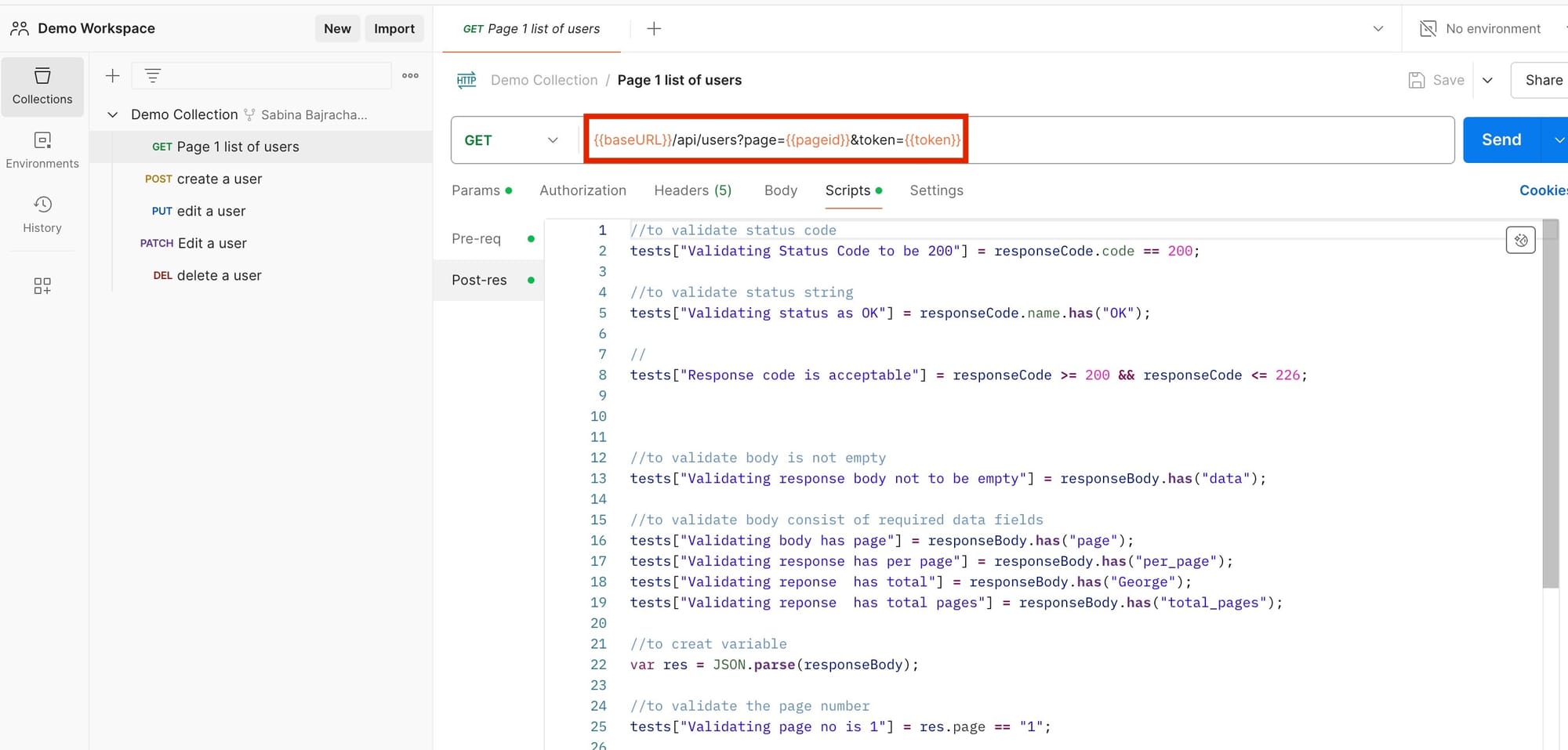API testing has become an essential part of the fast-moving development world; so, what are you using for API Test Automation? These days it is imperative to ensure that your API remains stable and functional with the increasing complexity of applications. API tests will be more effective, and efficient using this powerful technique called Data-Driven Testing.
Understanding Data-Driven Testing
In data-driven testing, test scripts are run multiple times with different input data to maximize test coverage and minimize redundancy instead of creating separate test cases for each data set. By using a single test script that iterates through various data sets, you can achieve this. The data utilized for this approach goes beyond functional tests and can be loaded and appended to the automation test cases, allowing for the same test case to cover multiple paths using different inputs such as Excel, XML files, and MySQL. This approach has the potential to save time and money for a team, and it also allows for the optional adjustment of test case parameters.
Data-Driven Framework
A sophisticated approach to software development and testing that emphasizes the division of test logic and data is called a data-driven framework. With the help of this framework, test scripts can be repeated multiple times using distinct sets of data inputs, CSV files, Excel spreadsheets, or other structured formats. This increases flexibility and maintainability by allowing testers to expand and modify test cases without having to completely redo the core test scripts by simply updating data sources. Because the data-driven architecture enables wide testing scenarios with minimal script changes, test coverage and efficiency are increased. It makes test script reuse possible, which cuts down on duplication and development time.
Benefits of Data-Driven Testing
- Improved Test Coverage: Testing your APIs with a combination of input data allows you to identify a wider range of potential faults and edge cases.
- Efficiency: Writing a single test script capable of handling numerous data sets lowers code duplication and maintenance overhead.
- Scalability: As your API matures and expands, data-driven testing may readily adapt to accept changes without needing significant adjustments.
Implementing Data-Driven Testing in Postman
Postman provides robust support for data-driven testing through its collection runner and the use of CSV, JSON, or Excel files to supply test data.
Step 1: Prepare Your Test Data
- Collect the test data that will be used for your API testing, which can be in the form of a CSV, JSON, or Excel file.
- Make sure that the test data is properly organized and arranged.
Step 2: Create Your Test Script
- Open Postman and set up a new collection for your API testing.
- Write your test script, making sure it can take variables for the data you'll be delivering.
- Use Postman's scripting features, such as the
pm.iterationData.get()function, to retrieve data from your preferred data source during test execution.

Step 3: Configure the Collection Runner
- Navigate to Postman's Collection
Runnertab. - Select the collection that contains your test script.
- Upload the data file you created previously (CSV, JSON, or Excel), and specify it as the data source for your tests.

Step 4: Parameterize Your Test Script
- Modify your test script to dynamically use the data retrieved from the data source on each iteration.
- Replace hard-coded values with variables that correspond to the data fields in your data source.
- Make sure your test script is structured to handle various data types appropriately.
Step 5: Execute Your Tests
- Start the test run within the
Collection Runner. - Postman will run your test script iteratively, using data from your given data source for each iteration.
- Monitor the test execution process and note any errors that happen throughout the test run.
Step 6: Analyze Results
- After the test run is completed, evaluate the Postman findings.
- Analyze the logs and reports to find any failed tests or unusual activity.
- Debug and solve any difficulties that arise throughout the test execution process.
Step 7: Iterate and Refine
- Iterate on your test script as needed in response to test results and comments.
- Update your test data to reflect any changes in functionality or requirements.
- Continuously update your testing strategy to increase test coverage and effectiveness.
Best Practices for Data-Driven Testing in Postman
- Maintain Clean and Organized Test Data: Keep your data files well-structured and arranged for readability and maintenance.
- Parameterize Your Test Scripts: Design your test scripts to accept variables for input data, making them more flexible and reusable.
- Use Assertions Wisely: Use assertions in your test scripts to check expected results based on input data.
- Regularly Update Test Data: As your application matures, make sure your test data reflects any changes in functionality or needs.
Pros of Data-Driven Testing
- Any modifications made to the test script have no effect on the test data.
- It enables developers and testers to separate test data from logic in their scripts and test cases.
- There are a lot of preexisting tools that can generate a lot of random test data if required which can save time for the tester.
- It minimizes redundancy and test script duplications.
Cons of Data-Driven Testing
- The quality of the tests depends heavily on the skills of the automation team implementing them.
- Validating a large amount of data leads to extended execution times.
- Data-driven testing necessitates extensive knowledge and proficiency in the scripting language.
- This approach presents significant challenges in maintaining code complexity and understanding the logic.
- Extensive documentation and high-level technical skills are essential.
Conclusion
Using data-driven testing is an approach to API testing that significantly helps in enhancing the effectiveness and success of our test cases, not only for Postman but also supports other API Testing tools. Data-driven testing can improve the comprehensiveness and reliability of your API tests. It is a powerful way to execute test scenarios using multiple sets of input data. However, it also comes with downsides, and not all golden cookies are equal. Corporate teams can use these to more effectively design and implement richer, stronger & wider test suites by working around its cons.
Thank you for reading this article. See you in the next one.

